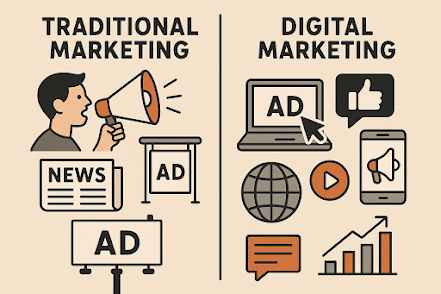Cloud Computing: An Overview
☁️ Cloud Computing: An Overview Cloud Computing is the delivery of computing services—servers, storage, databases, networking, software, analytics, and intelligence— over the internet (“the cloud”) to offer faster innovation, flexible resources, and economies of scale. 🔹 Types of Cloud Computing Public Cloud Managed by third-party providers (e.g., AWS, Google Cloud, Microsoft Azure). Resources are shared among multiple users. Use: Hosting websites, data storage, app deployment. Private Cloud Used exclusively by one organization. Hosted either on-premises or by a third party. Use: Highly secure data processing (e.g., banks, govt agencies). Hybrid Cloud Combines public and private clouds. Allows data and apps to move between environments. Use: Flexible scaling, data sovereignty needs. Community Cloud Shared by organizations with a common concern (e.g., compliance). Use: Universities, government alliances. 🏢 Key Fun...

